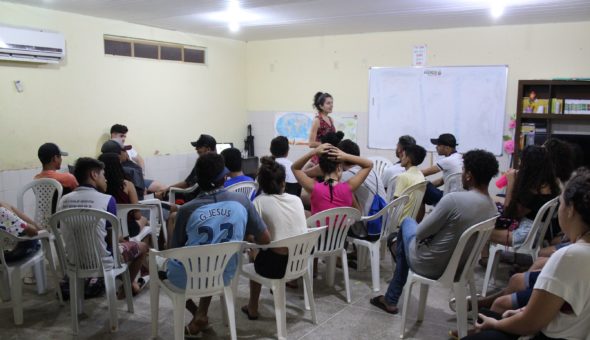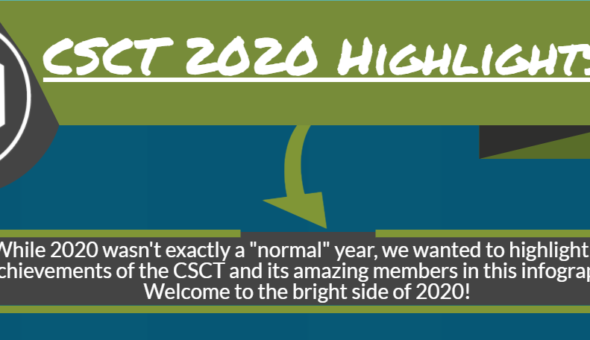Our fourth year CSCT student Fraeya Whiffin gave a talk on her research at a Sunday Assembly in a religion free church in Bristol. Here is how she got on.
I offered to give a talk on my research to a slightly unusual audience – a religion free church. This was the Bristol chapter for the international movement “Sunday Assembly” - people who want to build the supportive, welcoming communities that provide a sense of belonging and purpose that that traditionally religious institutions have provided, but aren't religious. As a result, their assemblies often use science as a source of inspiration to the sixty or so people who attend, as well as singing pop songs and chatting over cake.
I’ve been a part of this group since it started and as that assembly’s theme was ‘Planet Earth’ I thought my research into turning straw into palm oil using yeast would be very suitable for the Try your best segment – a personal story on how you tried (and usually failed) to do something. Thus, “Fraeya tried her best to end deforestation” — through the medium of wine, of course.

So, how can making wine help orang-utans? These adorable apes are one of the species threatened with extinction thanks to destruction of the rainforests, particularly in Indonesia and Malaysia where it is driven by the production of palm oil. So the idea is to replace palm oil with something that doesn’t require using either forest-land or agricultural land. Straw is one of many such substances that is made of sugar, but how do you turn straw into oil? Well, everyone knows how you can turn the sugar in grapes into alcohol when making wine, and one of the yeasts used in making wine can do the same trick to make oil. My research is about finding out how to do this as effectively as possible by releasing the sugars in straw and growing the yeast on it.
The public engagement training, my fellow students and I received, was very helpful for coming up with this explanation in the presentation, and I’d like to thank the CSCT for providing that, and of course the opportunity to do the research!
Respond



